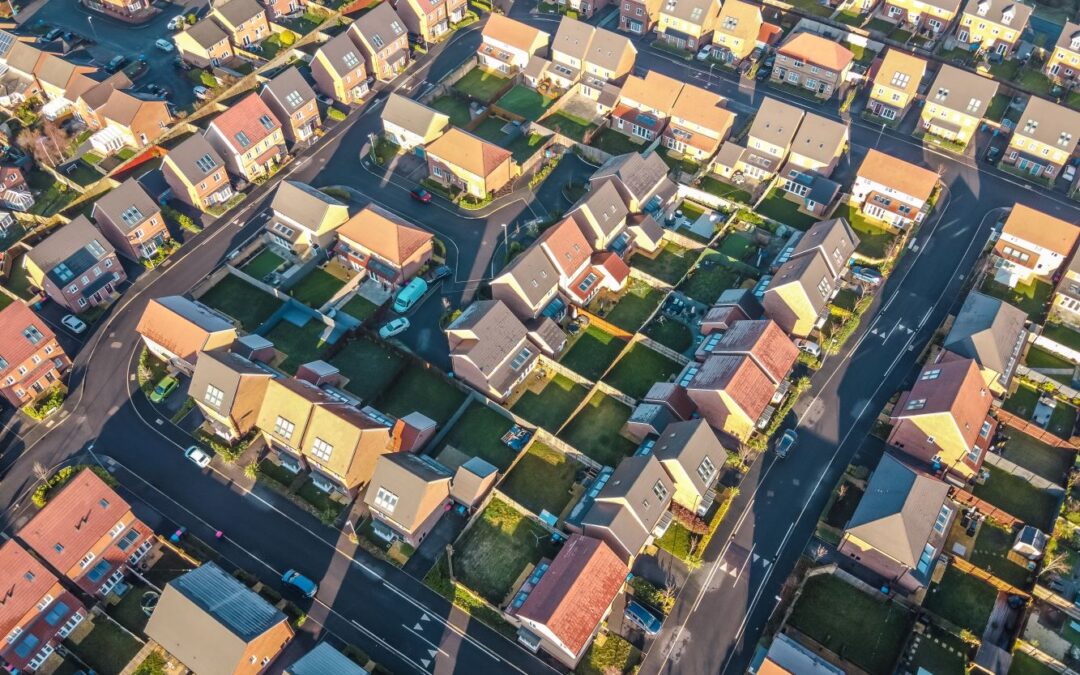Rising prices and rising rent feature in most forecasts of housing in Australia’s capital cities, Melbourne excepted. The main driving forces for the forecasts are the under-supply of housing relative to strong demand driven by population growth and a range of other factors including fear of missing out after the fast price and rent increases over the past couple of years. However, the foundations of these forecasts of higher house prices and rents are starting to look shakier. There are some signs starting to show that the gap between under-supply and demand for housing is starting to narrow.
Rapid population growth is one of the biggest factors supporting strong demand in both the home purchase and home rental markets. The pace of population growth has been slowing since early 2023 and is likely to slow more over the next year as tighter visa requirements bite, for overseas students in particular.
In 2023, Australia’s population grew by 651,200, or 2.5% from 2022. That population change comprised 103,900 from natural change (births less deaths) and 547,300 from net migration. Even though the population growth was very high by the standards of the past two decades (average around 1.4% y-o-y) it was showing signs of starting to moderate. The quarter in 2023 showing the most rapid population growth was Q1, 194,300 (natural change 29,400, net overseas migration 164,900), while Q4 was the lowest at 129,400 (natural change 22,100, net migration 107, 300.
Through 2023, annualised population growth peaked at 777,200 in Q1 2023 before falling to 517,600 in Q4. There is evidence indicating that population growth moderation is gathering pace in the first half of 2024. Monthly arrival and departure figures show a declining trend in net long-term overseas arrivals down to 27,800 in May, annualising at 333,600. While these arrivals figures will not tally entirely with net overseas migration contained in the population data and comprising the bulk of Australia’s population growth, the annualised figure sits well below the annualised net overseas migration reading of 429,200 in Q4 2023.
In short, the biggest component of Australian population growth, net overseas migration is growing at much slower pace in 2024 than in 2023 when it had already started to peak and slow. The various moves by the government tightening visa requirements in 2023 and 2024 are likely to ensure further moderation in annual growth of migrants taking the annualised growth total sub 300,000 later in 2024 and in 2025 and generating annualised total population growth of about 350,000, around 45% of the peak population growth rate in Q1 2023.
This marked change in the rate of population growth may already be capping excessive demand for housing in Australia and should continue to moderate demand. Illustrating this moderating demand home rental vacancy data collected by SQM show the national vacancy rate trending upwards to 1.3% in June 2024, the highest rental vacancy rate in two years. In the most expensive rental market, Sydney, the vacancy rate has lifted to 1.7% in June, a sharp recent lift from 1.1% in March.
In the home purchase market, auction clearance rates are moderating in the major cities. The marked lift in housing finance commitments evident earlier this year for both owner-occupiers and investors also paused in May with the total value of new home loans down by 1.7% m-o-m and falls in both the value of owner-occupier and investor loans. It is true, though that the value of home loans was still up 18% y-o-y and it will take a few more months of falls, if they occur, to point to a weakening trend in housing finance commitments.
Moving from the demand for housing to the supply, home building approvals have lifted in four of the five recorded months so far this year and in the latest reading for May were up 5.5% m-o-m to 14,175. Home building approvals have increased 9.3% from the lowest monthly reading this year at 12,968 in January. There are reasons for home building approvals to continue to rise this year including the focus of all governments in Australia to build more public sector homes. New home building approvals annualising at 170,100 in May could get up to 185,000 in 2024 and push above 200,000 in 2025.
The likely home building approval numbers for 2024 and 2025 still look low relative to annual population growth of say 350,000 but the gap is much narrower at 165,000 closing to 150,000 than the gap in 2023 at 487,100 (164,100 home building approvals set against 651,200 population growth).
Also, home building approvals speak of new housing supply. There is some evidence that Australia’s exceptionally high house prices and rents have been influencing both the supply and demand for existing housing. The popularity of shared housing and young adults moving back home is growing. High rents are bringing spare rooms and granny flats to the market and are increasing the opportunity cost of leaving homes unoccupied.
The very wide gap between high housing demand and limited supply that existed back in 2022 and early 2023 is starting to close and perhaps much more than is widely recognized. Moreover, the gap is continuing to close and may mean that forces driving up Australian house prices and rents are starting to falter. At the very least, it looks like house prices and rents will rise much less sharply and that may also start to weigh on the minds of potential home buyers and renters with fear of missing out giving way to fear of paying too much. We believe the housing tide may be turning and that forecasts of further gains in house prices and rents are on shaky foundations.

